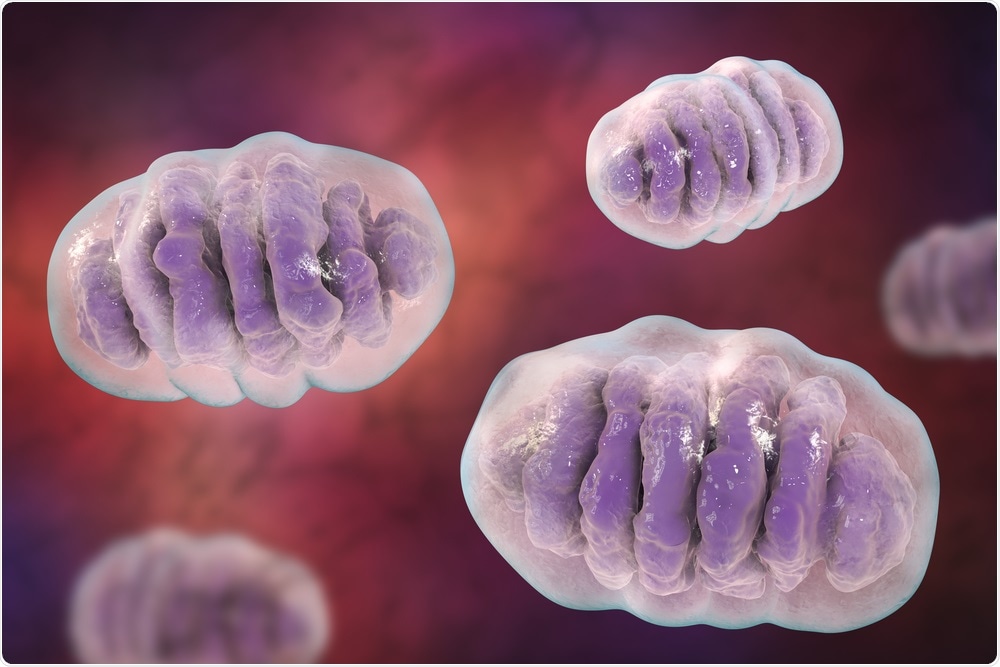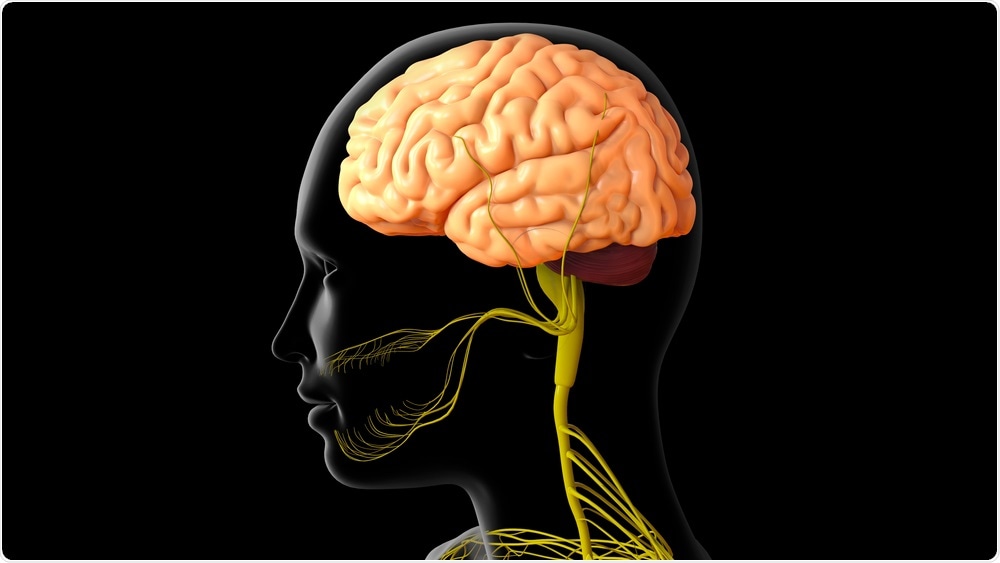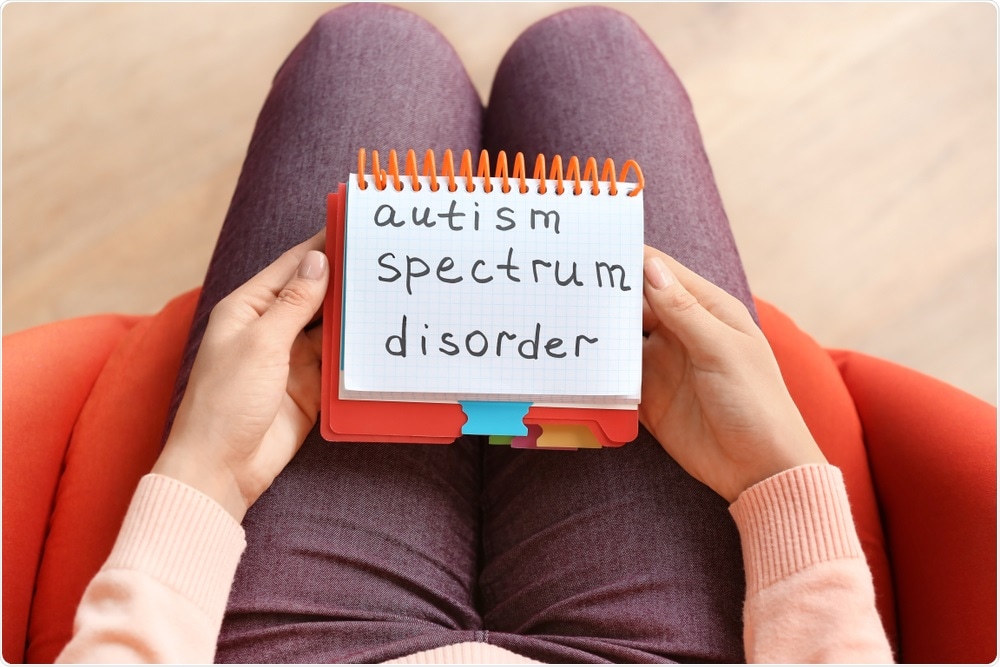Professor Vanderhaeghen speaks to AZoLifeSciences about his teams latest research discovery on mitochondria, and their involvement during brain development.
Why did you choose to research cell biology?
I was always interested in biology – as a kid, I loved to watch shows about animals, how they live, hunt, etc. But growing up I found it much more fascinating to understand what are the most basic mechanisms that can explain how life works, and that is what molecular and cellular biology is about.
When it comes to my specialty, neuroscience, even though there are many ways to study the brain, I think the key is also to understand it at the neuronal level, i.e. how nerve cells are born, how they grow and connect with one another, to build the gigantic neural circuit that makes us who we are, as an individual and as a species.

Image Credit: Kateryna Kon/Shutterstock.com
What role do mitochondria play in the body?
Mitochondria are organelles found in cells of all animals and plants. Among their many tasks, they generate energy for the cells, in the form of a molecule called adenosine triphosphate or ATP. ATP fuels nearly all processes in the cell and that is why mitochondria are often called the cell’s power plants.
In textbooks, they are often drawn as little bean-liked structures, but in reality, they come in all sizes and shapes. They are more like a dynamic network that breaks up into smaller parts or can fuse together into larger structures. When cells divide, their mitochondria are split between the two daughter cells where they can again grow, split and fuse—depending for example on the energy needs of the cells.
Interestingly, mitochondria are thought to have originated during evolution in a process called symbiosis, meaning that they once were separate organisms but became engulfed in other cells. The resulting cells evolved and eventually gave rise to multicellular organisms and the evolution of the many species we know today. One testimony to this particular history is the presence of trace of amounts of genetic material in the mitochondria.
Through which process do neural stem cells become nerve cells?
Neural stem cells become neurons in a process called neurogenesis (from the greek, birth of neuron). This occurs mostly during embryonic development and gives rise to the wide variety of neurons in the brain. In some cases, neurogenesis continues after birth, into adult life. Once they are born, neurons no longer divide.
It is thought that small differences in the way neural stem cells generate neurons are at the origin of the dramatic increase in the size and complexity of our brain.
Can you describe your research that led to the discovery that mitochondria play a part in this transition?
Mitochondria are highly dynamic organelles, that can join together (fusion) or split up (fission), and we know these dynamics are associated with fate changes in various types of stem cells. As I and my team are interested in how neurons develop, we wanted to study whether the same was true in the brain during neurogenesis.
That is why we developed a new method to monitor mitochondria in great detail as the neural stem cells are ‘caught in the act’ to become neurons. We found that shortly after stem cells divide, the mitochondria in daughter cells destined to self-renew will fuse, while those in daughter cells that become neurons show high levels of fission instead.
Why is there such a specific time window in which mitochondrial dynamics can influence cell fate choice?
We found that both in mouse and in human cells, mitochondrial dynamics could control cell fate during neurogenesis. We next determined the length of the susceptibility phase during which mitochondrial dynamics can affect neural cell fate.
We speculated that given the higher self-renewal potential of these particular human stem cells (i.e. they divide a lot more - see our previous work; lay summary: https://vib.be/en), the susceptibility phase might be longer in human cells than in mouse cells—this turned out to be the case.
Why is this switch twice as long in humans compared to that of mice? Could this describe why human brains are larger in size?
Yes. We know that over the last million years of evolution, the human brain underwent a considerable increase in size and complexity, resulting in the exceptional cognitive abilities of our species. This brain enlargement is largely due to an increase in the number of neurons in the cerebral cortex, the outer part of the brain. Why this is (we can only speculate), but we think it is because, throughout evolution, the human brain evolved to create more neurons (more division before eventually starting neurogenesis).
On the other hand, the human cortex (outer layer of the brain) is characterized by larger neuronal diversity, increased relative size of specific layers and areas, increased neuronal connectivity, and prolonged developmental plasticity, which are linked to neuronal specification and differentiation.

Image Credit: mybox/Shutterstock.com
Is it possible that there are still more undiscovered functions of the mitochondria in the body?
Mitochondria play a lot of different roles. As mentioned, they are primarily known to generate energy, but they also play lots of other roles, for example in signaling, cell growth, and cell death.
Dysfunction of mitochondria has been linked to a wide range of diseases—not only developmental but also as we age, including neurodegenerative diseases such as Alzheimer’s or Parkinson’s.
We are still uncovering the many molecular mechanisms that regulate the development and function of our body, and where they go wrong in disease. For sure there are many aspects of mitochondrial biology yet to be discovered.
Do you believe that this research can help us to further understand neurodevelopmental diseases?
Yes, I believe so. There is so much we do not know yet about how the brain develops. Particularly because it is nearly impossible to study a human brain in development. In the lab, we develop new ways to study aspects of neurogenesis.
We do this to understand the normal processes of brain development—in this case, the role mitochondrial dynamics play in this process—but we also study how such processes are affected in neurodevelopmental disorders.
Neurodevelopmental disorders, in particular, intellectual disability and autism spectrum disorders constitute a major class of brain disorders with a heavy societal burden and very few therapeutic options to this day, mainly because of our lack of knowledge of the underlying mechanisms at the levels of the affected neuronal circuits.
How could this research also have implications in cell reprogramming?
Cell reprogramming is a quickly expanding field, where scientists try to convert non-neuronal cells directly in neuronal cells for therapeutic purposes for instance. One goal would be to replace lost neurons, for example after brain injury or as a consequence of disease.
If we would be able to reprogram cells to develop into neurons, perhaps we could develop new treatments. But in order to even begin to do so, we need to understand how cells convert to neurons in the first place; under normal circumstances during development.

Image Credit: Africa Studio/Shutterstock.com
What are the next steps in your research into cells?
One thing we of course would like to know is how the mitochondrial dynamics of neuronal stem cells steer it into a particular cell fate. A mechanistic understanding is essential if we want to intervene, for example for reprogramming as mentioned above.
As our lab also investigates how different genetic defects linked to neurodevelopmental disorders such as an intellectual disability or autism spectrum disorders, we are of course also keen to find out whether any of these genes have an impact on this relationship between mitochondrial dynamics and neurogenesis.
Where can readers find more information?
VIB press release: https://vib.be/en#/
Website Vanderhaeghen lab: https://pvdhlab.org/
Interview with prof. Vanderhaeghen: https://www.cell.com/neuron/pdf/S0896-6273(18)30434-3.pdf
Paper in Science: https://www.science.org/doi/10.1126/science.aba9760
About Professor Pierre Vanderhaeghen
Pierre Vanderhaeghen is a professor at KU Leuven and a group leader at the VIB-KU Leuven Center for Brain & Disease Research. His laboratory studies the mechanisms of development and evolution of the cerebral cortex, from stem cells to neural circuits, in link with human brain evolution and disease.
He pioneered the use of pluripotent stem cells to study cortical development, through in vitro systems as well as brain transplantation. Vanderhaeghen has received multiple prestigious awards, including the Francqui Prize and the Roger de Spoelberch Foundation Prize.